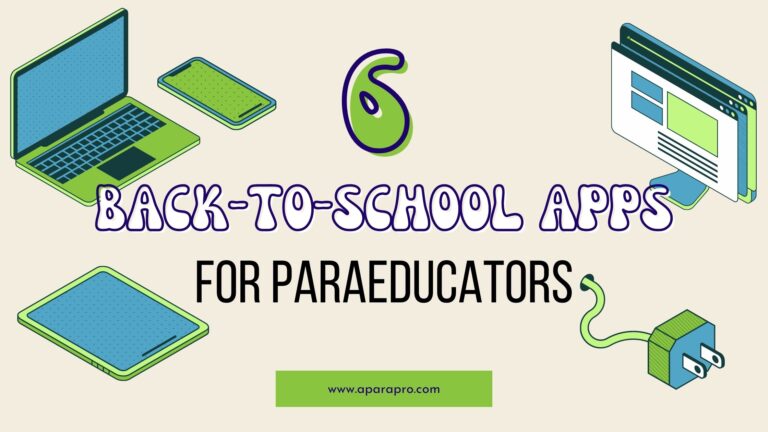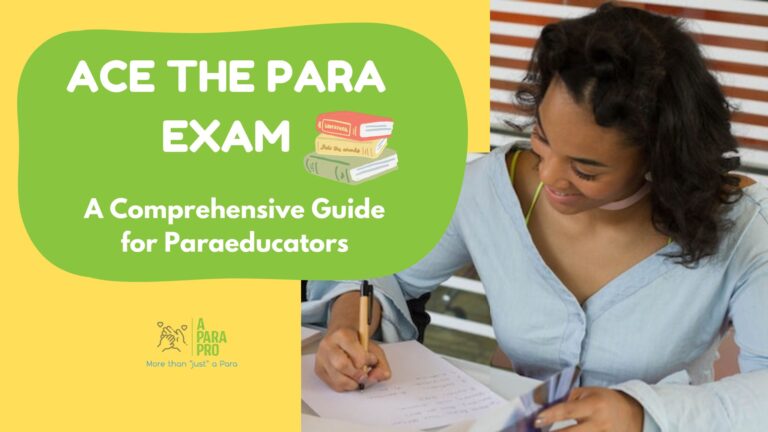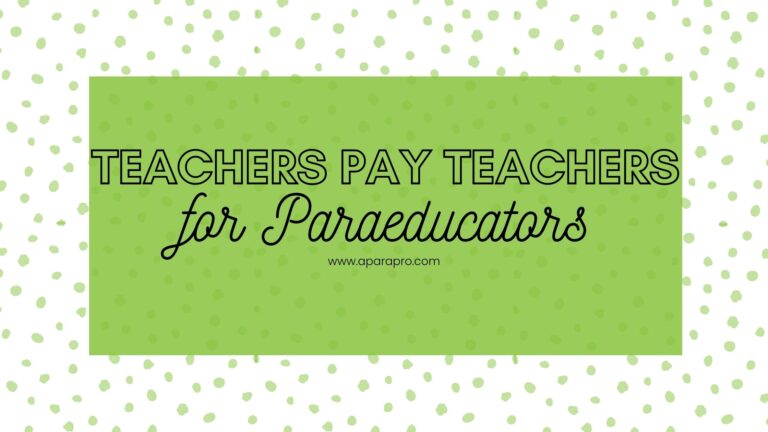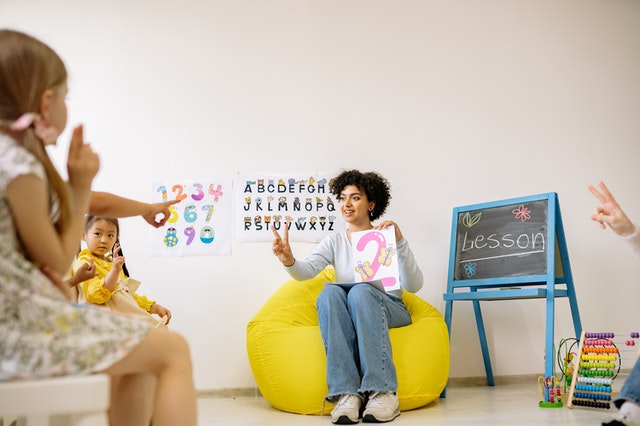Mastering Problem-Solving and Critical Thinking as a Paraeducator: A Practical Guide
As a paraeducator, you play a crucial role in supporting students and teachers in the classroom. Whether you’re helping students understand new concepts, managing classroom dynamics, or collaborating with teachers, your ability to solve problems and think critically is essential. These skills allow you to navigate the complexities of the educational environment and make informed decisions that positively impact student learning.

Why Problem-Solving and Critical Thinking as a Para Matter
Problem-solving is the ability to identify a challenge, analyze the situation, and come up with effective solutions.
Critical thinking, on the other hand, involves evaluating information and making decisions based on reasoned judgment. Together, these skills are fundamental to your success as a paraeducator.
In the classroom, you might encounter situations where you need to address a student’s behavioral issues, adapt lesson plans on the fly, or work through a disagreement with a colleague. In each of these scenarios, problem-solving and critical thinking enable you to handle challenges with confidence and efficiency.

Developing Problem-Solving Skill
1. Identify the Problem Clearly
The first step in effective problem-solving is to clearly identify the problem. It might sound simple, but problems are often complex, with multiple contributing factors. To break down the issue into manageable parts, ask yourself:
- What is the main challenge?
- What factors are contributing to this problem?
- Who is affected by this issue?
On the Job Example: If a student is struggling to stay on task, consider whether the issue lies with the task itself, the classroom environment, or something else. By pinpointing the root cause, you can focus your efforts on finding the most effective solution.
2. Generate Multiple Solutions
Once you’ve identified the problem, it’s time to brainstorm possible solutions. Don’t just settle for the first idea that comes to mind. Think creatively and consider different angles. Involving the student or teacher in this process can provide valuable insights and help you explore a wider range of options.
On the Job Example: If a student is struggling with a particular subject, you might consider different strategies, such as breaking the task into smaller steps, providing additional support, or incorporating hands-on activities to engage the student.
3. Evaluate and Implement
After generating possible solutions, evaluate each one by considering the potential outcomes and available resources. Choose the most feasible option and implement it. Remember, problem-solving is often a process of trial and error—don’t be afraid to adjust your approach if needed.
Monitor the results of your solution and be prepared to make changes if it doesn’t work as expected. Flexibility is key to effective problem-solving.

Enhancing Critical Thinking Skills
1. Ask Probing Questions
Critical thinking begins with asking the right questions. When faced with a situation, ask yourself:
- What is the evidence supporting this situation?
- What are the possible implications of this decision?
- Are there alternative perspectives I should consider?
These probing questions help you dig deeper into the situation and ensure that you fully understand all aspects before making a decision.
2. Analyze Information Objectively
It’s important to analyze information without bias. Look at the facts and try to separate them from your emotions or preconceived notions. This objectivity is crucial in making sound decisions that are in the best interest of your students and the classroom.
On the Job Example: When deciding how to address a student’s behavioral issue, consider all the relevant information, including the student’s background, classroom environment, and any external factors that might be influencing their behavior.
3. Reflect on Your Decision-Making Process
Critical thinking also involves reflecting on your decision-making process. After you’ve made a decision, take some time to reflect:
- What went well in this situation?
- What could have been done differently?
- What did I learn from this experience?
This reflection helps you refine your critical thinking skills over time, making you more effective in your role as a paraeducator.
Applying Problem-Solving and Critical Thinking as a Para in the Classroom
Let’s apply these strategies to a real-life scenario. Imagine you’re working with a student who is consistently disruptive during group activities. Using your problem-solving skills, you first identify the root cause—perhaps the student is feeling overwhelmed by the group setting. You then brainstorm solutions, such as providing additional support, modifying the activity, or allowing the student to take breaks as needed. After evaluating your options, you implement the most effective solution and monitor its impact.

In addition to working with students, problem-solving and critical thinking are also crucial when collaborating with teachers and other paraeducators. When challenges arise, such as differing opinions on how to handle a student’s behavior, use your skills to facilitate productive discussions and arrive at a consensus.
Continuous Improvement
Enhancing problem-solving and critical thinking skills is an ongoing process. The more you practice, the more intuitive these skills will become. Take on new challenges as opportunities to grow, and don’t hesitate to seek feedback from colleagues.
There are also plenty of resources available to help you continue developing these skills. Consider attending workshops, reading relevant books, or participating in online courses focused on problem-solving and critical thinking in education.

Closing Thoughts on Problem Solving and Critical Thinking as a Para
Problem-solving and critical thinking are essential skills that empower paraeducators to handle classroom challenges effectively. By clearly identifying problems, generating and evaluating solutions, asking probing questions, and reflecting on your decisions, you can enhance your ability to support your students and colleagues.
Developing these skills takes time, but every step you take makes a difference in your professional growth. Keep practicing, seek out learning opportunities, and watch how your problem-solving and critical thinking abilities transform your classroom experience.
Looking for more tips on professional development as a paraeducator? Follow our blog and social media channels for regular updates and resources tailored to your needs.
PIN FOR LATER









